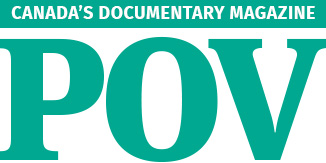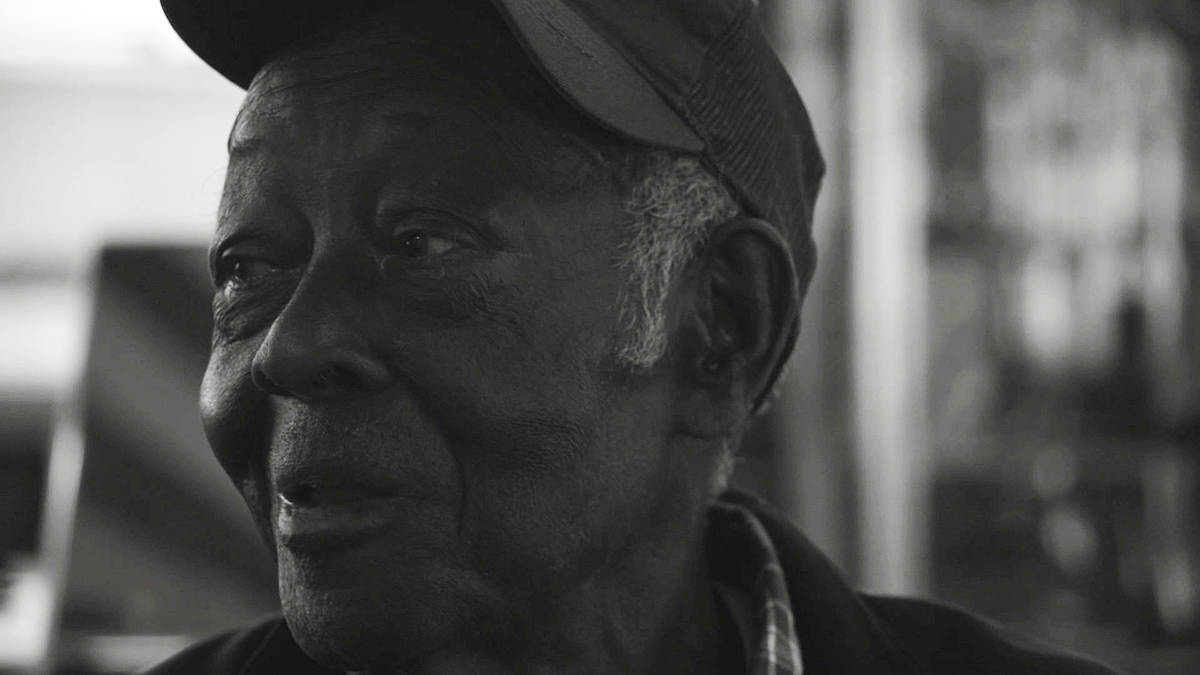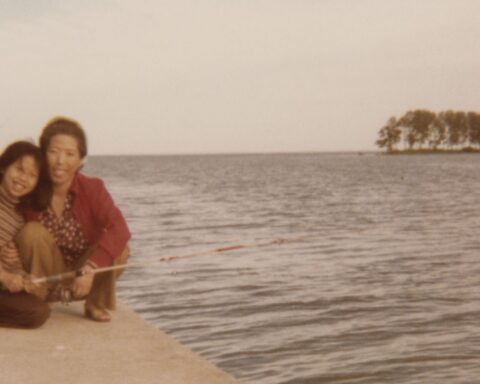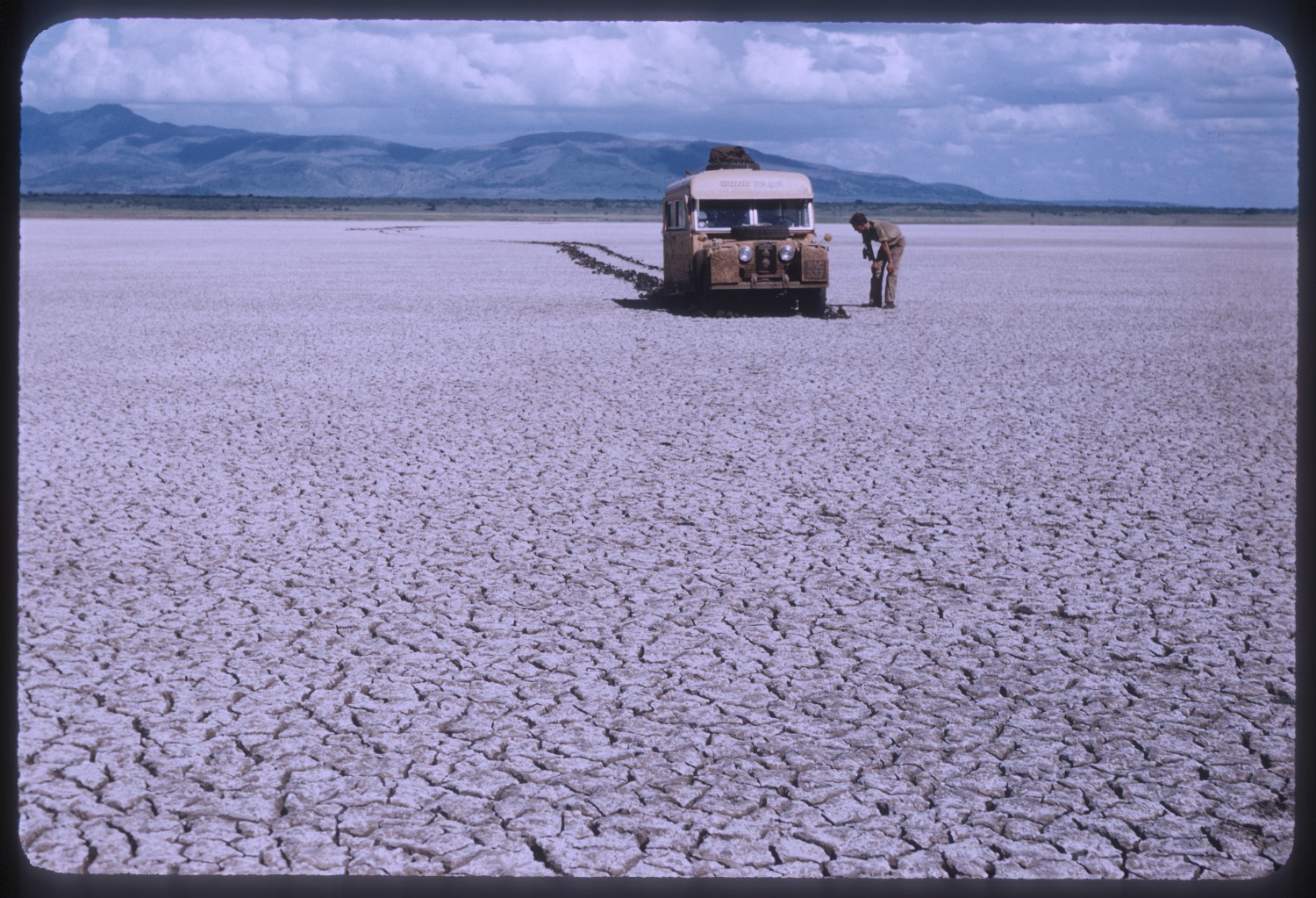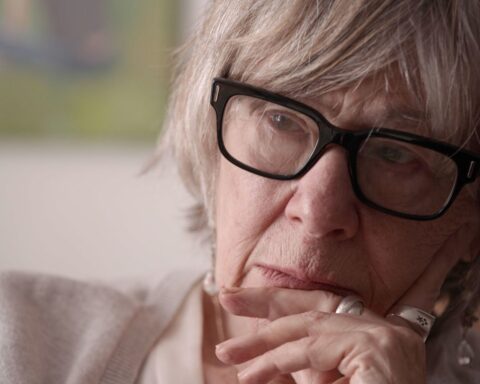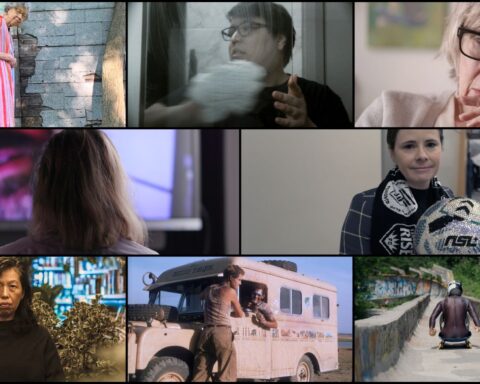The Vancouver International Film Festival (VIFF) responds to the times with its documentary slate. Programmed by Ruun Nuur in her first year at the festival, VIFF’s documentary line-up includes profiles of artists and activists around the world using their platform as tools for change. Highlights include both Sundance Grand Jury Prize winners: the U.S. doc Seeds, Brittany Shyne’s monochrome study of Black farmers in America, and Cutting Through Rocks, the Iranian-German co-production from directors Mohammadreza Eyni and Sara Khaki about Sara Shahverdi, the first woman elected to public office in her conservative Iranian community. Other documentary highlights include Lucrecia Martel’s Nuestra Tierra (Landmarks), fresh from its run at TIFF, and the world premiere of Alison Reid’s The Art of Adventure about Robert Bateman and Bristol Foster’s world tour.
Marc Glassman, POV’s print editor, interviewed Ruun Nuur about the documentary programs at VIFF ahead of this year’s festival. The festival is currently underway and runs through Oct. 12.
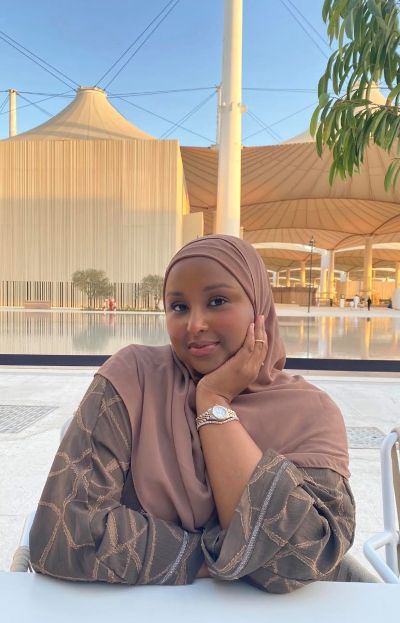
POV: Marc Glassman
RN: Ruun Nuur
The interview has been edited for brevity and clarity.
POV: Do you feel that what you’re doing as a VIFF programmer is in a way a response to criticism by conservatives—radical right wingers–of woke culture?
RN: As a film worker, as a documentary programmer, as somebody who loves movies and works in this industry, I feel that my role and responsibility is to bridge the personal and the political. The great thing about working specifically in documentary is that it’s a very accessible medium—and it’s also the most boundary pushing and aesthetically innovative. What you get with documentary filmmakers is a political urgency that is different from many other different artists in film. There’s something about documentary that is insurgent and urgent. I like to watch documentaries from filmmakers who make it their mission to respond to the times. It’s my job is to be able to be responsible to the moment too.
POV: Let’s talk about Black culture and politics. You’ve programmed a number of important films by Black documentarians. Tell me about the films you’ve chosen for the festival.
RN: I like to think of certain films as flashpoints or benchmarks. Kahlil Joseph’s BLKNWS: Terms and Conditions I see as a benchmark in terms of the programming I have regarding Blackness, Black diaspora, and the Black movement. This is his technically Kahlil’s debut feature, which is crazy to say because he’s been working for so long in so many different mediums as a music video director, as an artist, as somebody who owned a gallery with his late brother Noah Davis.
His film is an encyclopedia of Black culture over the last couple of hundred years, specifically in the United States. The jumping off point is W. E. B. Du Bois’s unfinished book about Blackness (Encyclopedia Africana). He uses that as a portal into understanding Black culture, movement work, artistry, dance, politics.
That work opens up the program for me. I’m Somali, I’m Black. It’s very important for me to be able to showcase Black African filmmakers and artistry in my programming. And so, we have a lot of Black films from the continent and elsewhere.
In the Spectrum program, we have BLKNWS; The Great North, the debut feature of by Jenn Nkiru; Ancestral Visions of the Future by Lemohang Jeremiah Mosese, and Khartoum by a collective of Sudanese filmmakers. One of the collective, Timeea Mohamed Ahmed, who’s Edmonton-based at the moment, will be at VIFF.
And in Insights, our other documentary program, we have How to Build a Library by a Kenyan husband and wife duo Maia Lekow and Christopher King; Seeds, a debut feature by Brittany Shane, and The Shadow Scholars by Eloise King.
We want to pick the very best cutting edge films that are happening in Africa, Europe, North America—everywhere in the world. It’s really important for me is to have films perform like twin flames to each other.
POV: What do you mean by “twin flames”?
RN: [Laughs] That’s how I like to describe it. Here’s an example. Brittany Shyne’s Seeds is a portrait of Black farmers in the American South. We also have in Insights a film called Shifting Baselines by a Julien Elie, a Canadian filmmaker who has shot a doc about the space race in a small town in Texas. Both are in black and white. They’re talking about the environment in completely different ways. One is about farming, and the other one is about Elon Musk and SpaceX expeditions that are happening in the town and how it’s affecting the economy and the ecology.
These are films by two completely different filmmakers made in the same region at the same time, but they don’t know each other. They’ve come out the same year, and we find many similar themes and even aesthetic decisions in them. That really exciting; that’s twin flames.
Here’s another example. In Insights, we have Kamal Aljafari, a Palestinian filmmaker, whose film With Hasan in Gaza, is purely archival, with footage from before the current crisis. And in Spectrum we have WTO/99 by Ian Bell about the Battle of Seattle in 1999 when peaceful protests against globalization met with government repression. They both have cohesive narratives, despite being films or tapes from the 1990s or early 2000s. The filmmakers have a clear directive of what they want to show in their films. They are different but it’s like they’re having a conversation with each other. Two flames.
POV: Can we talk about hybridity? Your program seems to have a vision of documentary as being not just some boring old form, but one that is bursting forth in various ways. What excites you in hybrid docs?
RN: For me, nonfiction making is a cinematic playground for the filmmakers. I think they feel freer than if they were just working with a screenplay. Every page of a screenplay is one minute on screen. That’s the rule book you have to adapt to when you’re a fiction filmmaker. But with nonfiction, you get people just playing around with form.
POV: VIFF has selected a number of Indigenous films from countries around the world. Can you talk about the selections and how Indigeneity works globally?
RN: We do see it as a kind of world concept. VIFF has hired me as the documentary programmer and has promoted Cole Forrest, who is Anishinaabe, to be an associate working on Indigenous films. Cole has been integral to the theme of Indigeneity—and promoting and supporting the filmmakers here, as well. So, we have films chosen from both of us.
We selected international films. Walls — Akinni Inuk is from Greenland and is an Inuit film (about the relationship between two women, one of whom is in prison). And there’s I Died (Li Cham) from Chiapas in Mexico. Remaining Native is about an “Indian boarding school” in Nevada. I chose Free Leonard Peltier, about a very important Indigenous activist who was in jail from many decades. We had a mandate to be global, and I think we were.
POV: There’s Lucrecia Martel’s first feature documentary Landmarks. Can you tell me about programming her film?
RN: I’ve been tracking that film for years. I love her film The Headless Woman specifically. Actually, that was my first entry into her work. When I found out she was making a documentary, my feeling was, “I can’t wait to see it!” She worked with Louverture Films, Joslyn Barnes and Danny Glover’s film label that I have a lot of respect for. Landmarks works on the theme of Indigenous sovereignty, of ownership and dispossession, which is exactly like what she’s worked on with earlier fiction films.
POV: Can you talk about Muslim culture and how important it is for it to be documented and shown these days in festivals like VIFF?
RN: Incredibly important, of course, for me. Not only am I Muslim, but I’m also a visibly Muslim. I’m Hijabi. I’m extremely proud of my faith tradition and its internationalism as well. With the documentary films, we had lots of different submissions. We wanted to run the gamut. There could be things that are very explicitly Muslim, and others that are not so much, but it has Muslim people.
I mentioned With Hasan in Gaza earlier. The footage is from 2001 in Palestine, when Hasan was just a cab driver tour guide. You get to see this portrait of Gaza that now takes on a different texture. What was home video tapes is now a time capsule of what this city used to be. Now, it’s almost like a ghost town.
Then we have the Iranian film Cutting Through Rocks, which is pretty brutal. It’s about an incredible woman, Sara Shahverdi, who is defying the odds, fighting for freedom against terribly violent gender oppression. Those are two major selections. Hopefully next year we will have even more Muslim films.

POV: The film festival is in Vancouver, a city that has a large Asian population. Did you program with an eye to reflect that?
RN: I know the Vancouver population. It’s quite diverse in terms of the Asian community. I wanted to make sure there was some kind of reflection of that, definitely.
One of our North American premieres is Factory (Gong Chang). It’s a fascinating look at the workers, who are living under a system of tight security. It’s set in Wuhan just when COVID began to break out. The filmmaker had incredible access. You’re seeing how management is thriving and the mandates that are being passed down. They’re just these shadowy figures who are giving the workers the numbers have to be met. It’s two and a half hours long. The footage is just incredible.
There are other important films in the program. We have Marriage Cops from India; Edhi Alice from South Korea; Always from Taiwan and Your Touch Makes Others Invisible from Sri Lanka. They reflect the diversity in Asian cultures and societies.
POV: Can we talk about the female gaze? There are a lot of female filmmakers in this program. Do female filmmakers see things differently than most men?
RN: Yes, women definitely see the world through a totally different lens! It’s quite exciting to see how women specifically look at issues that are facing us.
There aren’t any equity mandates that I have as a curator. Or if there is, I must have exceeded them. My gaze as a curator comes to me organically as a Black Muslim woman.
We have Nicole Bazuin’s film, Modern Whore, which is about sex work. It’s a very fresh, bold, funny film. It shatters stereotypes.
Then there’s How to Build a Library, which I mentioned earlier. It’s about two Kenyan women who are asked to restore a colonial library in Nairobi. How can they revamp it? How can they make it a space for Black people? Because it used to be a whites-only library in the continent of Africa. It sounds like so absurd that these things still exist, but we’re still dealing with the remnants of not only colonialism, but also neocolonialism. They are doing the hard work of analyzing and deconstructing the stuff that made it an important library—and how to change it.
POV: Please tell me about The Great North. Full disclosure: we are the media partner for it!
RN: Jenn Nkiru, the director, is one of the most exciting visual artists we have at the festival. She’s playing with form, with movement, with Blackness. Not only Blackness, but the diaspora. She’s a London-based filmmaker of Nigerian descent who has made music videos for Beyoncé and other popular artists. This is her debut feature.
She’s immersed in Birmingham and Manchester from the time of the Industrial Revolution and the implications of that. How Manchester has been this time capsule: a city with different populations of people, Irish, British working class, Black, Pakistani, South Asian. They have co-created the texture of a city, which also connects to not only the continent of Africa, but also the Antebellum slavery South in the United States. And Nkiru is not historicizing it in a way that’s like a book. She’s playing with form and making it into a film.
[Email info@povmagazine.com to win tickets to the Oct. 8 screening of The Great North!]
POV: What’s it like for you, Ruun, to be going from a writer and film curator for a niche audience to programming for a big festival like VIFF?
RN: I love the challenge. And what’s really fun about this being my first year is that I see it as an experiment. I will take my hypothesis and analyze my data and go back to see what worked. I will take it back for year two, hopefully, fingers crossed.
I’m a person who is based in the American Midwest in a non-metropolitan area. For this job, I’m in Vancouver, a hyper diverse community, with many different people and languages. I don’t take being a programmer at a festival for granted.
We’re in a time with fascist governments running a lot of the world. They know that arts and culture are still powerful. Basically, they’d like to kneecap our organizations or institutions because they know that this how humanity really survives and thrives. We need the arts. We have to support the filmmakers and artists in our areas. It’s a challenge for all of us. So, yeah. Let’s stay woke.
